Lost your password? Ask your children
Inside the enterprise: Apparently kids can hack most people's passwords. But strong authentication is still too costly for most businesses.
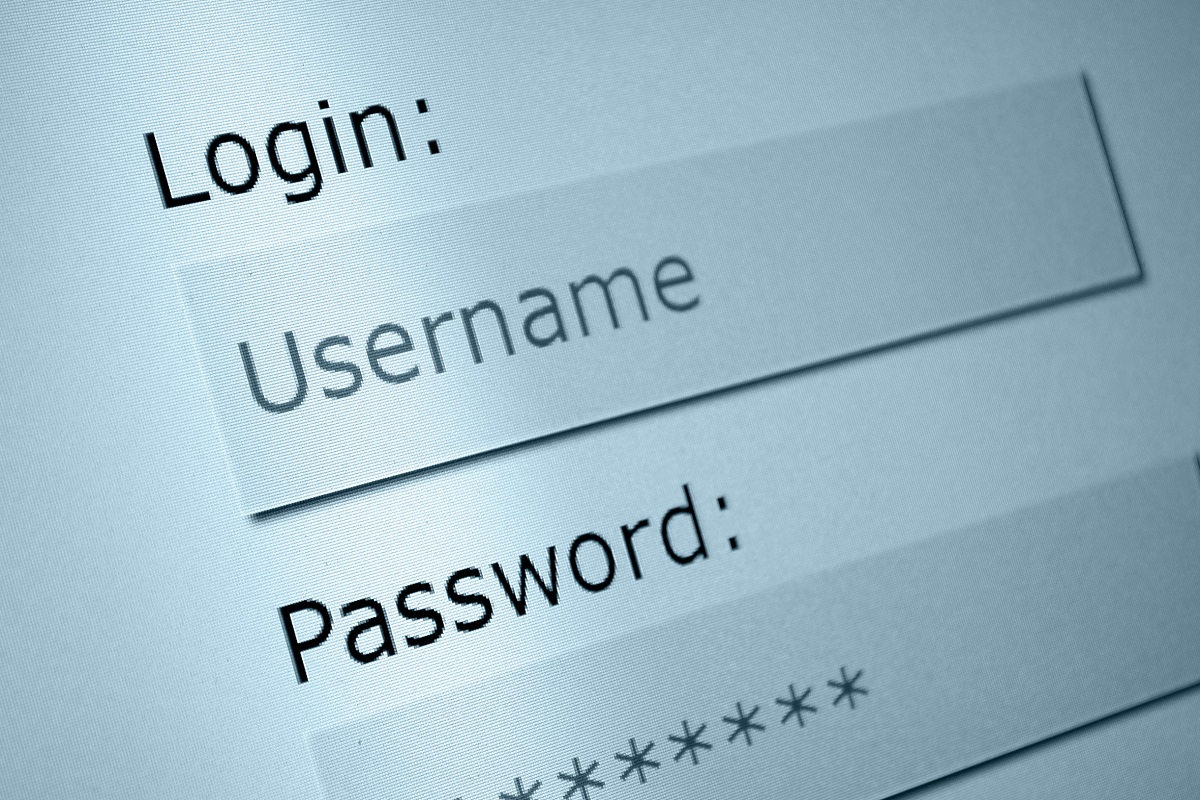
Ask any IT helpdesk for their list of the most annoying and most frequent requests, and resetting users' passwords is very likely to be in the top five.
Users lose passwords. Or they forget to change them, they write them down on sticky notes, or store them in Excel files. Or else they just stick to simple ones they can remember, like Admin and Password.
A few years ago, Gartner, the IT research firm, looked at the cost of resetting passwords. A password reset call cost between 7 and 25 per incident, and they accounted for 30 per cent of helpdesk work. Other analysts have put the amount of time IT teams spend resetting passwords even higher.
So IT directors might be interested to learn that, apparently, cracking a password is child's play. Literally. SecurEnvoy, an IT security vendor, reckons that kids can use information stored on adults' social networking profiles to uncover enough personal information to hack passwords.
Security questions such as a user's mother's maiden name are especially easy to uncover, according to Andy Kemshall, SecurEnvoy's CTO. This, coupled with workplace information, such as email addresses, from sites such as LinkedIn, is more than enough to breach security. All a hacker needs to do is pose as a legitimate user, call up the helpdesk, and receive a new set of credentials.
Whether the "average kid" is going to go to such lengths is open to question. But another survey, this time from Experian, suggests that few of us take suffient precautions with either our personal information, or our passwords. The average Briton has 26 online accounts younger adults as many as 40 yet we use just five passwords to secure them. Experian didn't specifically ask whether people use the same passwords for work and personal accounts, but the odds are that many of us do.
Unfortunately, this is a problem that is still in search of a practical solution. Biometric security fingerprints, iris scans, or even voice prints has potential. But all biometrics are expensive to deploy: there is the cost of the equipment and softwarae, and the cost of verifying and enrolling users. And, with the exception of voice, all biometric IDs need new hardware. Then there is the problem that many of us find biometrics too intrusive for day to day use.
Get the ITPro daily newsletter
Sign up today and you will receive a free copy of our Future Focus 2025 report - the leading guidance on AI, cybersecurity and other IT challenges as per 700+ senior executives
Strong, two-factor authentication, such as a token or smart card, is another option. But again, these are not cheap, and confidence in tokens has been undermined by the RSA hack. As with any system that relies on a single gateway, there is also a single point of failure. Move to single sign on with tokens, and if your token system is hacked or circumvented, your systems are wide open.
Until industry comes up with a better, cheaper alternative to passwords, the best measures CIOs can take are to educate staff to use strong passwords, and to change them often.
And if all else fails, the schools break up soon. So there will be plenty of sixth-formers around who will be happy to take a summer job in the IT security department.
Stephen Pritchard is a contributing editor at IT Pro.
-
 Should AI PCs be part of your next hardware refresh?
Should AI PCs be part of your next hardware refresh?AI PCs are fast becoming a business staple and a surefire way to future-proof your business
By Bobby Hellard
-
 Westcon-Comstor and Vectra AI launch brace of new channel initiatives
Westcon-Comstor and Vectra AI launch brace of new channel initiativesNews Westcon-Comstor and Vectra AI have announced the launch of two new channel growth initiatives focused on the managed security service provider (MSSP) space and AWS Marketplace.
By Daniel Todd
-
 I love magic links – why aren’t more services using them?
I love magic links – why aren’t more services using them?Opinion Using magic links instead of passwords is safe and easy but they’re still infuriatingly underused by businesses
By Solomon Klappholz
-
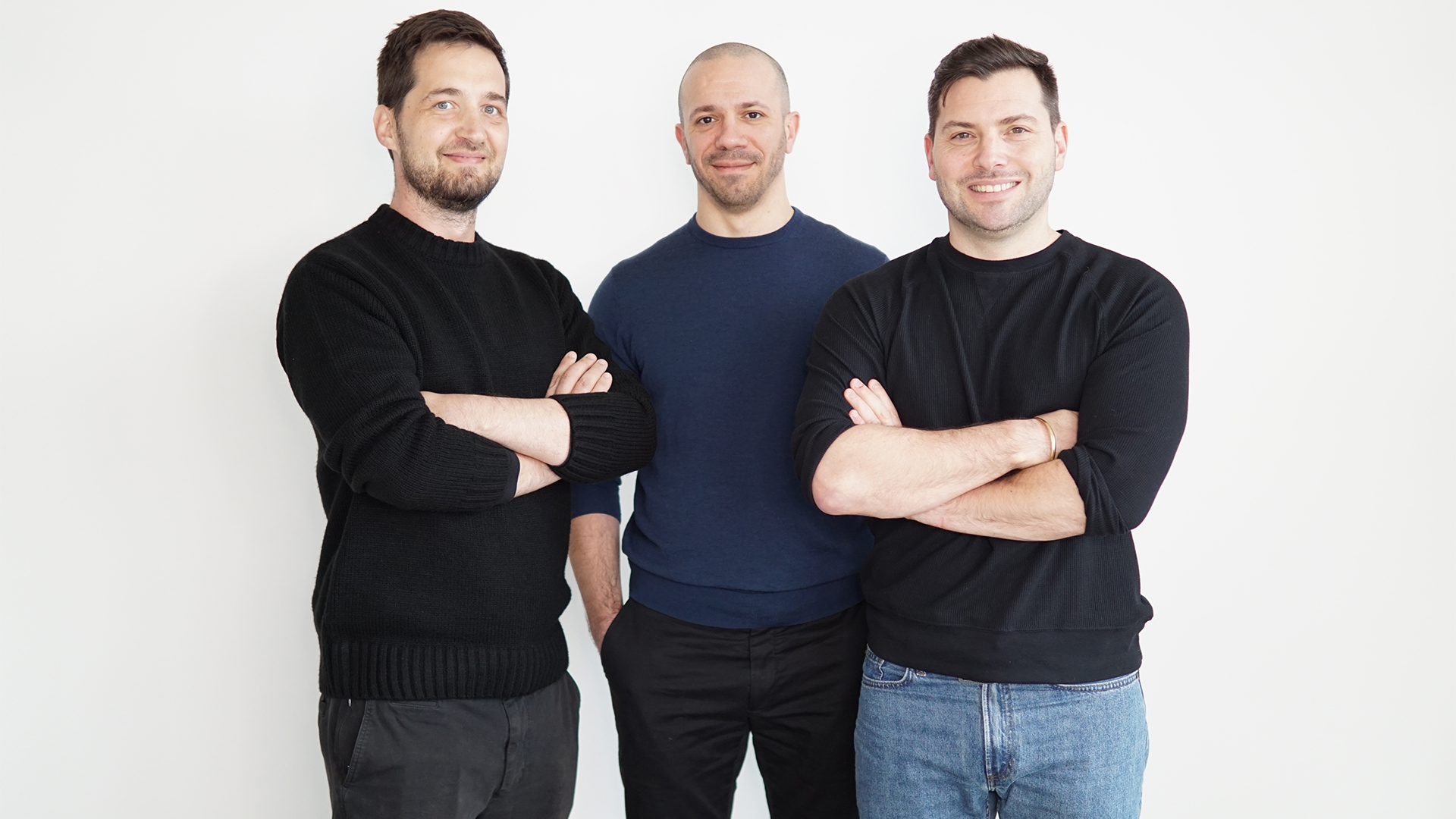 Password management startup Passbolt secures $8 million to shake up credential security
Password management startup Passbolt secures $8 million to shake up credential securityNews Password management startup Passbolt has secured $8 million in funding as part of a Series A investment round.
By Ross Kelly
-
 LastPass breach comes back to haunt users as hackers steal $12 million in cryptocurrency
LastPass breach comes back to haunt users as hackers steal $12 million in cryptocurrencyNews The hackers behind the LastPass breach are on a rampage two years after their initial attack
By Solomon Klappholz
-
 'You need your own bots' to wage war against rogue AI, warns Varonis VP
'You need your own bots' to wage war against rogue AI, warns Varonis VPNews Infosec pros are urged to get serious about data access control and automation to thwart AI breaches
By Rene Millman
-
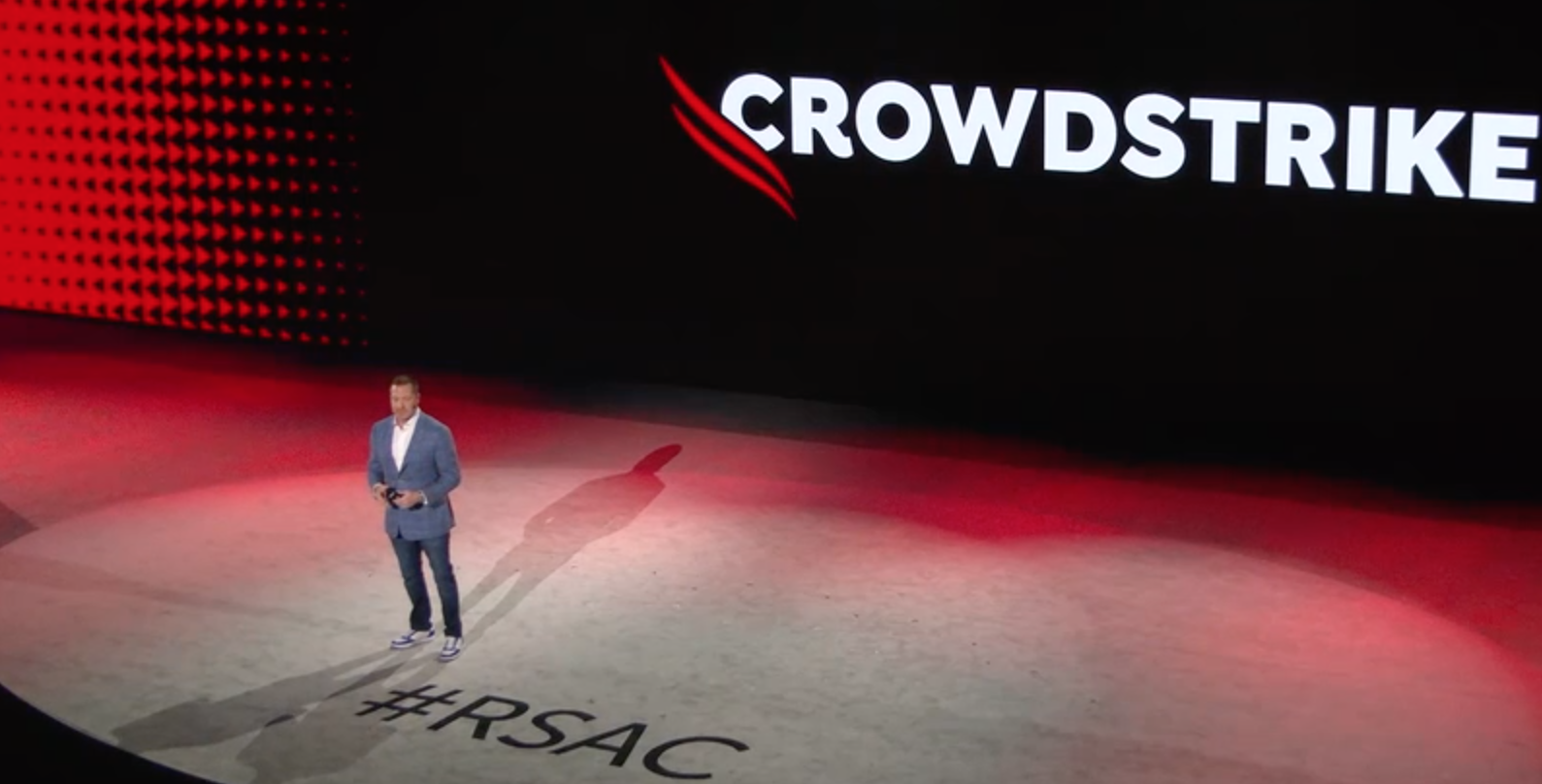 CrowdStrike CEO: Embrace AI or be crushed by cyber crooks
CrowdStrike CEO: Embrace AI or be crushed by cyber crooksNews Exec urges infosec bods to adopt next-gen SIEM driven by AI – or risk being outpaced by criminals
By Rene Millman
-
 Microsoft security boss warns AI insecurity 'unprecedented' as tech goes mainstream
Microsoft security boss warns AI insecurity 'unprecedented' as tech goes mainstreamNews RSA keynote paints a terrifying picture of billion-plus GenAI users facing innovative criminal tactics
By Rene Millman
-
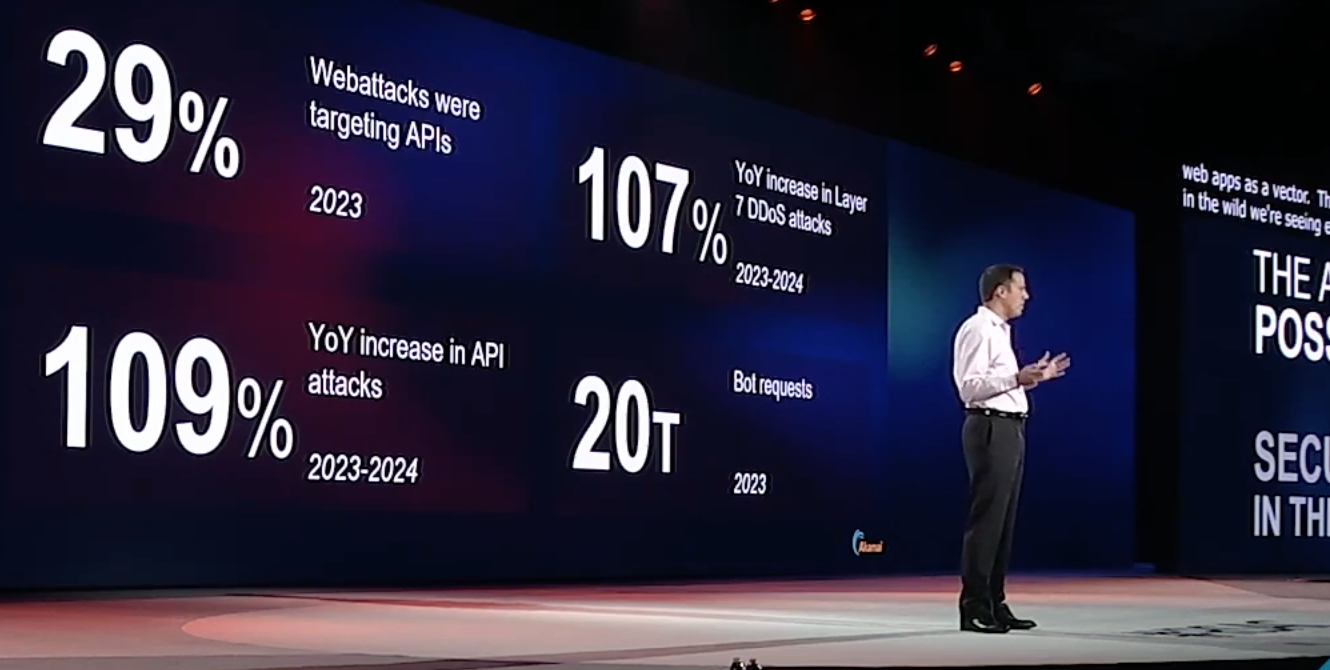 APIcalypse Now: Akamai CSO warns of surging attacks and backdoored open source components
APIcalypse Now: Akamai CSO warns of surging attacks and backdoored open source componentsNEWS Apps and APIs bear the brunt as threat actors pivot to living off the land
By Rene Millman
-
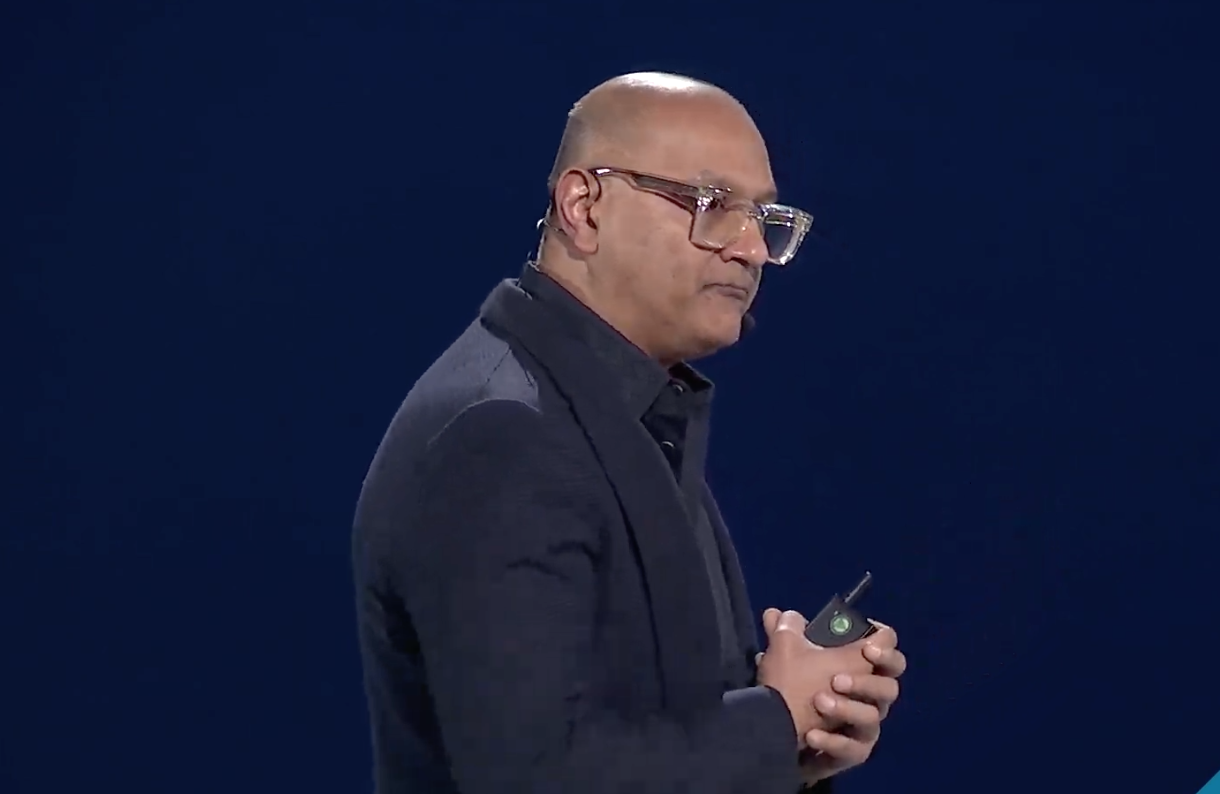 AI is changing the game when it comes to cyber security
AI is changing the game when it comes to cyber securityNews With AI becoming more of an everyday reality, innovative strategies are needed to counter increasingly sophisticated threats
By Rene Millman